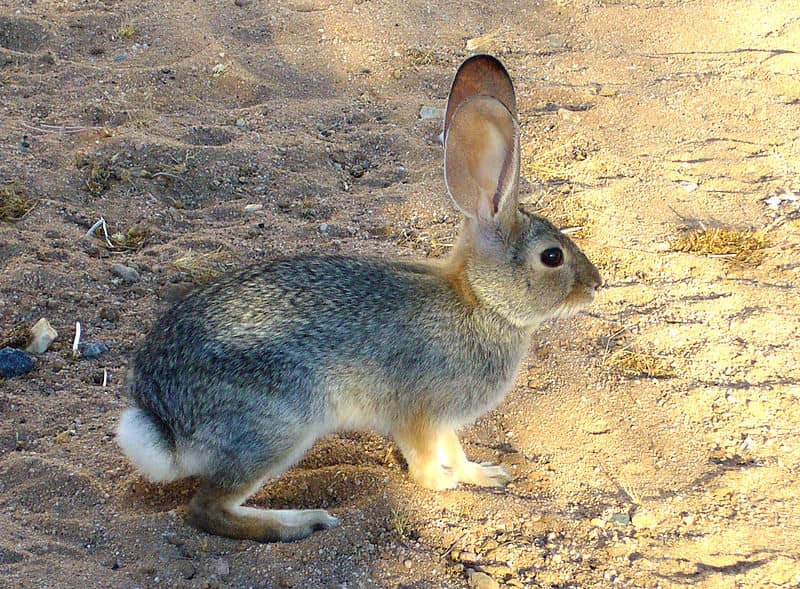Research Shows Rabbits Use White Tails to Outsmart Predators
OutdoorHub Reporters 08.07.13

Like many other animals, rabbits rely on one of nature’s cleverest tricks to survive: camouflage. So why do some rabbits, such as the cottontail, have white tails when the rest of their body is another color? Over the years many theories were put forward, including evading predators, communicating between social groups, or even sexual selection. According to Nature Magazine, biologist Dirk Semmann may be able to shed some light on this enigma.
Semmann, a professor at the University of Goettingen in Germany, believes that rabbits with white undersides on their tails use them to distract predators. As predators hone in on the eye-catching body part, the rabbit can control the chase to its advantage. A quick turn from the rabbit will hide the white tail and leave predators momentarily disoriented. Refocusing on their prey’s camouflaged body will take vital seconds, time that the rabbit can use to escape.
“The idea first appeared when I was running,” Semmann told Nature. “I met this rabbit; it was always running and turning at some point. That got me thinking about the problem.”
The biology professor then created a video game that challenged 24 volunteers to follow the movements of a running rabbit making quick turns. One version of the game gave the rabbit a flashing tail while the other version did not. Semmann’s conclusion was that his volunteer “hunters” had a significantly higher chance of keeping up with the rabbit without the flashing tail.
Semmann presented his findings at the Behavior 2013 Conference in Newcastle, England, in which he argued that the white underside was adopted by rabbits to increase their odds of surviving a hunt. Due to their vast array of predators, many species of rabbits many seem like a patchwork of evolutionary advantages that bestow excellent hearing, agility, and adaptability. Coupled with a phenomenally prolific reproduction cycle, rabbits can be resilient to a fault and are often considered an invasive species in places such as Australia.

